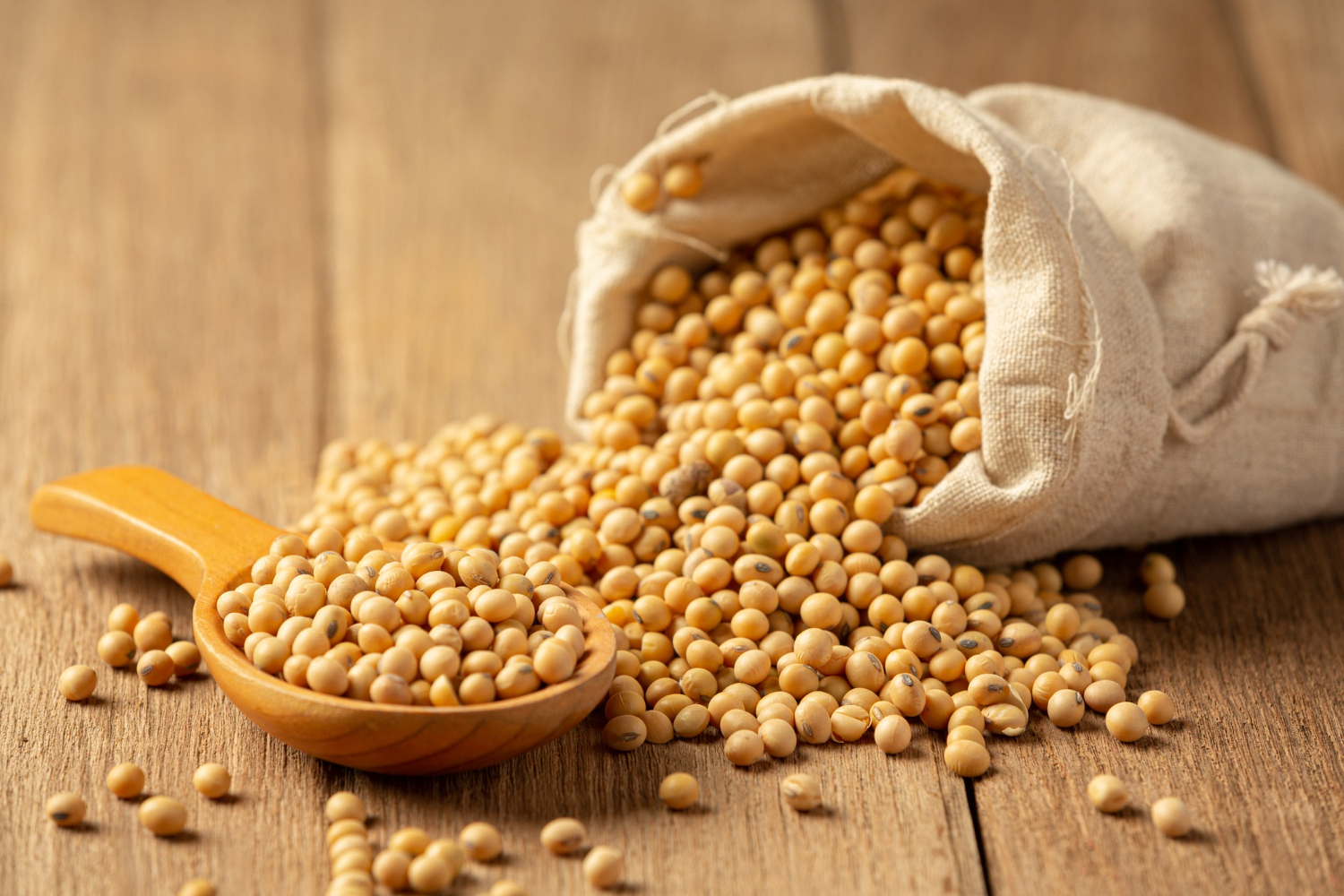China wants to increase soybean production by 2025
What’s forcing Beijing to increase soybean production
The Chinese government plans to increase soybean production. According to a document from the relevant ministry, by 2025 it intends to increase the cultivation of the crop by 40% compared to the current figures. Overall, the authorities want to reach 23 million tons of soybeans.
Experts note that such plans are quite bold and are dictated by the desire to reduce dependence on supplies from other countries. The consequences of the pandemic still have a significant impact on global processes, and first of all, it affects the supply chains of agricultural products. In addition, trade tensions between China and the U.S. are also being felt, especially given the fact that the U.S. is the world’s second-largest seller of soybeans.
In 2021, oilseed cultivation in China was down 16% from 2020. Production was 16.4 million tons. The reason for this situation was the increase in demand for corn and its rising cost. As a result, farmers reduced the area under soybeans and expanded it for crops that are more profitable to produce.
In addition to soybeans, the Chinese government intends to increase the production of other products. For example, by 2025 they plan to increase rapeseed cultivation to 18 million tons, wheat yields should grow to 140 million tons, and corn to 277 million tons. After record figures of soybean imports to China in the first half of 2021, by the beginning of the current period, the country significantly reduced its supplies. This trend was a surprise to the world market, because before that experts had predicted that China would maintain high demand.
After record figures of soybean imports to China in the first half of 2021, by the beginning of the current period, the country significantly reduced its supplies. This trend was a surprise to the world market, because before that experts had predicted that China would maintain high demand.
The reason for the drop in demand for oilseeds from Chinese buyers was the decline in profitability of the livestock sector. At the same time, there was an increase in the consumption of feed made of wheat. As a result, the forecast for soybean imports was revised downward from 102 million tons to 100 million tons. It should be noted that China accounts for 60% of the world soybean import market. A decrease in purchases will have a negative impact primarily on American farmers who are planning to harvest a large crop. According to estimates, soybean production in the U.S. will be the third-largest in the country’s history. Analysts say the situation could lead to higher volatility for the product, which already broke nine-year records last year.
Demand for soybean meal showed a serious drop in China, but experts expect it to start growing again in the near future.
